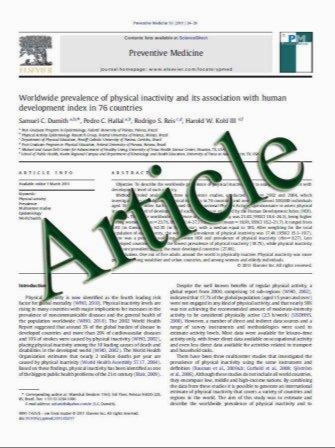Outcome of severe arteriovenous malformation-related intracranial hemorrhage: the importance of cisternal subarachnoid hemorrhage and early seizures
- نوع فایل : کتاب
- زبان : انگلیسی
- مؤلف : Ralph Rahme , Alexander G. Weil , Michel W. Bojanowski
- چاپ و سال / کشور: 2011
Description
Background Although arteriovenous malformations (AVM)- related intracranial hemorrhage (ICH) is infrequently devastating, there is a subgroup of patients that present comatose requiring immediate surgical treatment. We sought to determine the outcome and prognostic factors in those patientswith severe AVM-ICH. Methods Between 2003 and 2009, medical records of 16 consecutive patients presented with severe AVM-ICH were retrospectively reviewed. Outcome was determined using 30-day survival and Glasgow outcome scale and modified Rankin scale scores at last follow-up. Results There were seven males and nine females with a mean age of 32 years (range 6.66). All had Glasgow coma score 8 or less and most exhibited motor posturing and/or dilated pupils. Fifteen patients had intraprenchymal, ten had intraventricular, and four had subarachnoid hemorrhage (SAH). Twelve patients underwent hematoma evacuation with concomitant decompressive craniectomy in 11 and external ventricular drainage (EVD) in six. EVD was the only treatment offered to four patients. AVM excision was not routinely attempted in the acute phase. Three patients died from extensive bihemispheric infarction and refractory intracranial pressure. All 13 survivors improved neurologically and 12 had an acceptable functional outcome (modified Rankin scale.4) after a mean follow-up of 10 months (range 1.49). Among all clinical, radiological, and operative variables, only cisternal SAH (P=0.007) and early seizures (P=0.018) were significantly associated with death. Conclusion Despite their poor initial clinical condition, most survivors of severe AVM-ICH achieve an acceptable functional outcome. Therefore, patients with severe AVMICH, particularly those without aneurysmal-like SAH, should be managed aggressively given their remarkable potential for neurological recovery.
Acta Neurochir (2011) 153:897–903 DOI 10.1007/s00701-010-0927-8 Received: 3 September 2010 / Accepted: 17 December 2010 / Published online: 14 January 2011 # Springer-Verlag 2011


